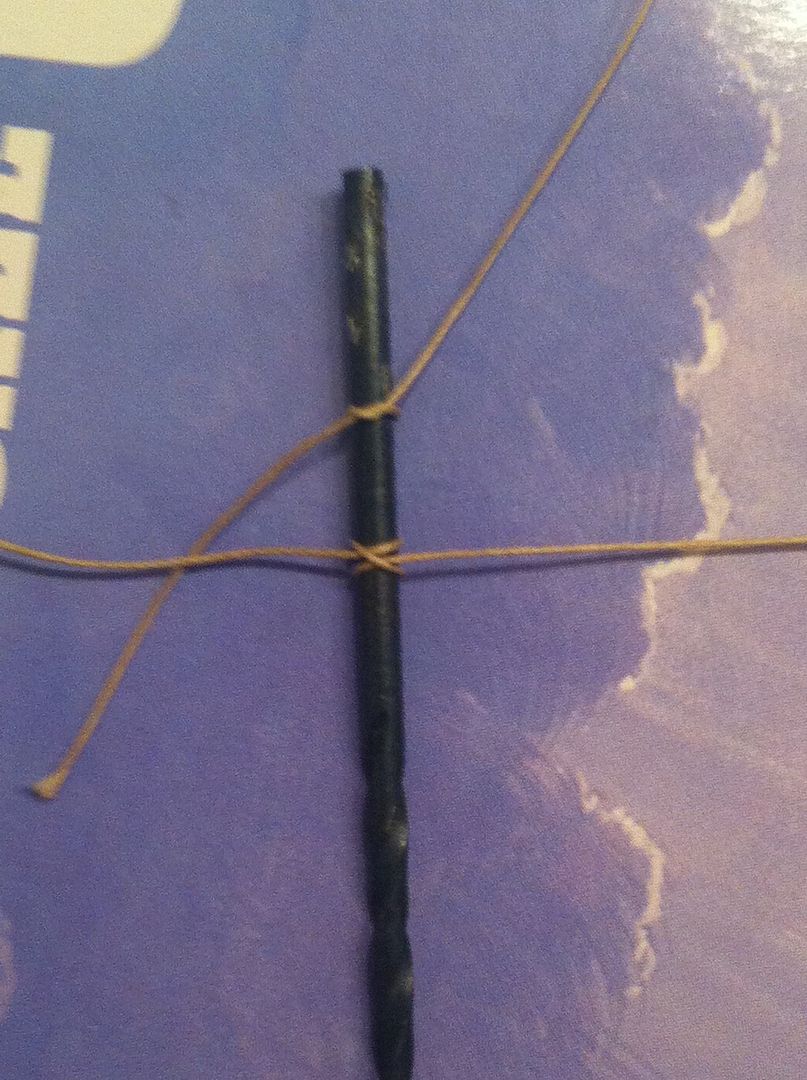There are three types of ropes, generally. There's the sort of base building stuff, which are anchor cable, gun tackle if needed, and general deck related tackle.
Anchor cable is usually the thickest on a ship. On a big one, it might be more than 12 inches thick, often 20 inches or more, and you buy short pieces of heavily twisted thread,
Gun tackle and deck tackle is thick stuff too because it gets heavy shock loads. It might be 4-6 inches or so. It's also tan, because it needs to be flexible so it's not tarred or otherwise painted with anything.
Then there's the standing rigging, the permanent stuff that holds all the spars where they belong and takes the force of the wind down to the hull. I usually use two sizes, maybe 6 inches and 3 inches if I can be that accurate on a big ship, or 4 inches and 2 inches on a smaller ship. Here you go with what you got and what looks right. It's black.
Then there's running rigging, all the stuff used for sailing. Big spars have big sails, big sails have big forces, so the bigger sizes are on the mains and the top sails, or on the booms on a schooner. The medium above that, the lightest higher still. This stuff is tan, three sizes are plenty.
A LOT of generalizations here, but it's the contrasts in sizes and the general logic of where those sizes go that are as important, in a way, as being accurate to scale. You kind of feel your way along. On my 1/64 or so America, the fore stay is 6" in diameter and the sheets are about 2 inches, so there's a lot of variation.
One reason I'm interested in larger scale sailing ship models like schooners at 1/48, 1/64 and 1/96 scales are that there's yet another level of detail. Boats/ ships like that can include the most prosaic of ropes- marline. That's all the short lengths used to seize the ends of larger ropes, to serve them or just in general to tie stuff up so it doesn't move around. That, like ratlines, is the thinnest thread in the loft.
Speaking of ratlines, I made up another little demonstrator. Overhand knot and clove hitch. Not tightened or glued, so you can see how it goes together. You can't win, and are lucky to be able to even force a draw, with an overhand knot for this. I almost never use them.
